- 路 Microwave
- 路 Atmospheric Pressure Microwave 路 Pressure Microwave 路 Parallel Microwave
- 路 Ultrasonic 路Low Temperature Ultrasound
- 路 Ultraviolet Light
- 路 Microwave Heating 路 Atmospheric Pressure Synthesis 路 Atmospheric Pressure Catalysis 路 Atmospheric Pressure Extraction
- 路 Sample Preparation 路 Microwave Digestion
- 路 Soil Digestion 路 High Pressure Synthesis
- 路 Solid Phase Synthesis
- 路 Organic Synthesis
- 路 Ionic Liquid Synthesis
- 路 Degradation Of Natural Organic Matter
- 路 Natural Product Extraction / Purification
河北祥鹄科学仪器有限公司
175 Enhanced Lithium Storage Performance of Liquid-phase Exfoliated Graphene Supported WS2 Heterojunctions
This paper, written by researchers from Xi'an Jiaotong University and others, discusses Enhanced Lithium Storage Performance of Liquid-phase Exfoliated Graphene Supported WS2 Heterojunctions. The paper is published in an important journal < ChemElectroChem >.IF:4.446.
In recent years, the research work of microwave chemical instrument used in the synthesis of materials has become a hot direction of scientific research, which has been paid great attention to by many scholars!
To improve the electrical conductivity and the cycling stability of layered transition metal disulfides (TMDs) in lithium-ion battery anode, graphene@WS2 heterojunction composites are prepared by a facile one-pot process, involving liquid-phase exfoliation of graphene in N-methylpyrrolidone, followed by the in situ growth of WS2 in the graphene dispersion by a microwaveassisted solvothermal method. The liquid-phase exfoliated graphene (LEGr) with exceptional atomic structure not only serves as a substrate to couple WS2, but also serves as a mini-current collector for the rapid transport of electrons in the anode. The LEGr-based heterojunction WS2 composites exhibit improved lithium storage performance compared to the counterpart based on graphene oxide (GO), including higher lithium storage capacity, superior rate capability and outstanding cycling stability. This protocol enables processing and construction of advanced TMDs heterojunction electrodes based on LEGr using an economical pathway.

Fig.1/4↑
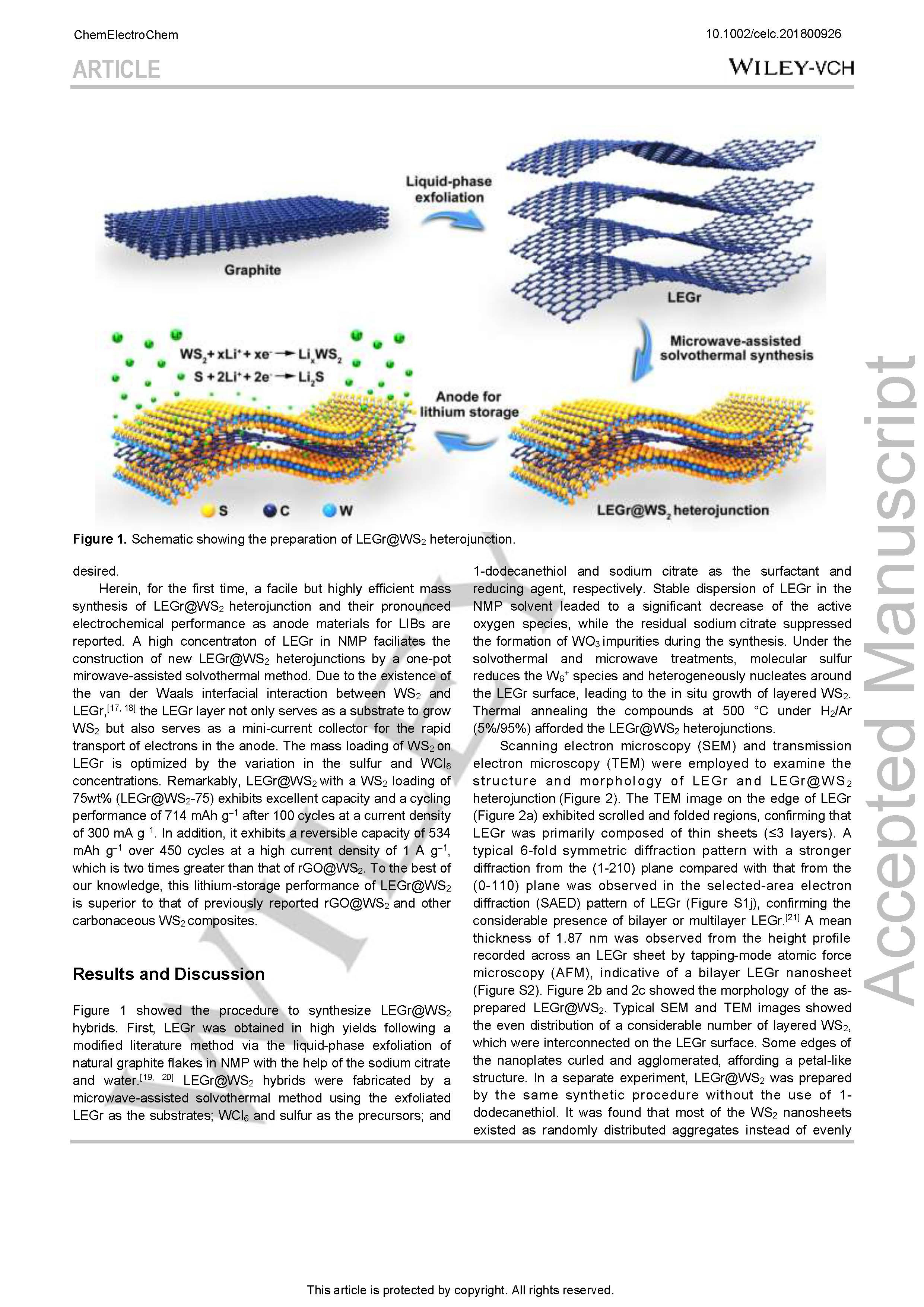
Fig.2/4↑

Fig.3/4↑
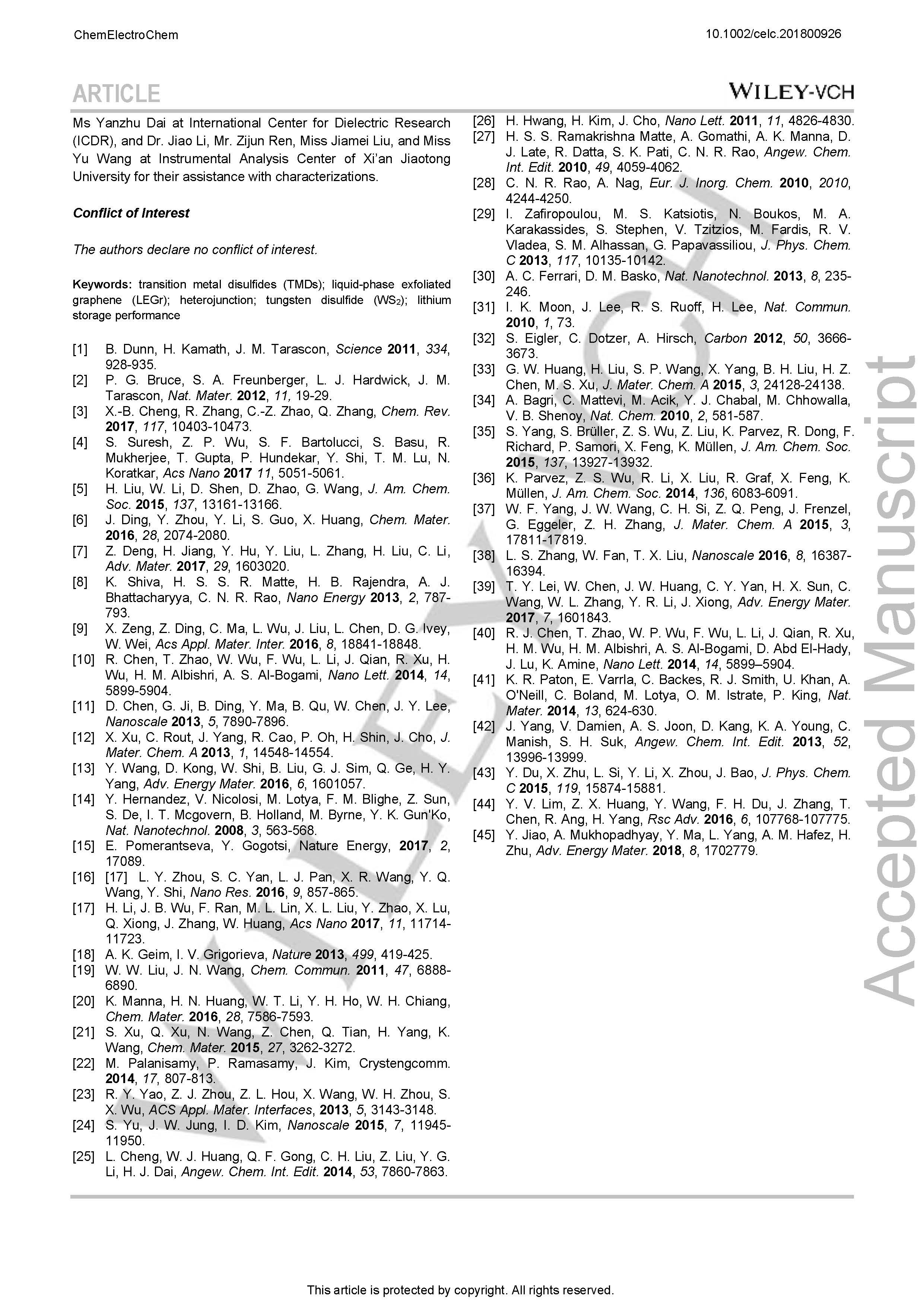
Fig.4/4↑
In summary, LEGr@WS2 heterojunction was synthesized by a one-pot microwave-assisted solvothermal method. Benefiting from the 2D hierarchical structures and the good interfacial contact between WS2 and LEGr sheets, the LEGr@WS2 composites exhibited remarkable electrochemical performance when utilized as anodes for lithium storage. LEGr@WS2 with an optimal WS2 loading of 75 wt% exhibited a reversible capacity of 714 mAh g1 after 100 cycles at a current density of 300 mA g1 and a stable capacity of 534 mAh g1 after 450 cycles at a high current of 1 A g1, which were superior to the rGO-derived counterpart and other reported rGO-/carbonaceous WS2 anode materials. This study aids in the rational design and facile preparation of layered TMDs and graphene hybrid materials to be used in the electrodes suited for the development of newgeneration LIBs.
Typically, natural graphite powder (0.5 g), sodium citrate (Na3C6H5O7.2H2O, 1 g), NMP (40 mL), and deionized water (10 mL) were mixed in a 50-mL beaker. The mixtures were then sonicated for 4 h at room temperature using an XH-600US intelligent ultrasonic cell disrupter (1500 W, 25 KHz, Beijing Xiang Hu Science and Technology Development Co., Ltd) and took a 5-min break for every 10 min of operation. After exfoliation, the dispersion was centrifuged at 3000 rpm for 5 min to remove any non-exfoliated graphite. The LEGr dispersion (40 mL, 0.71 mg mL1) was stored for later use.








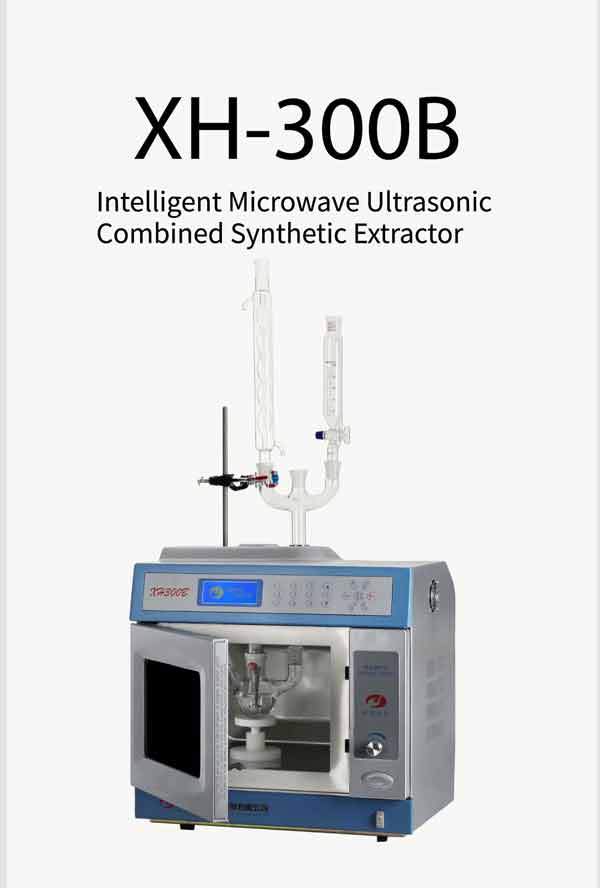

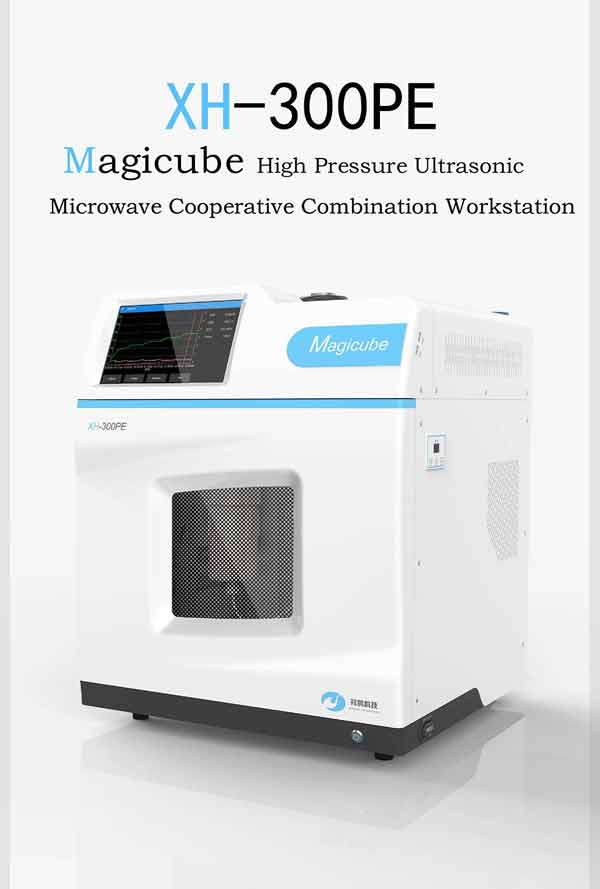
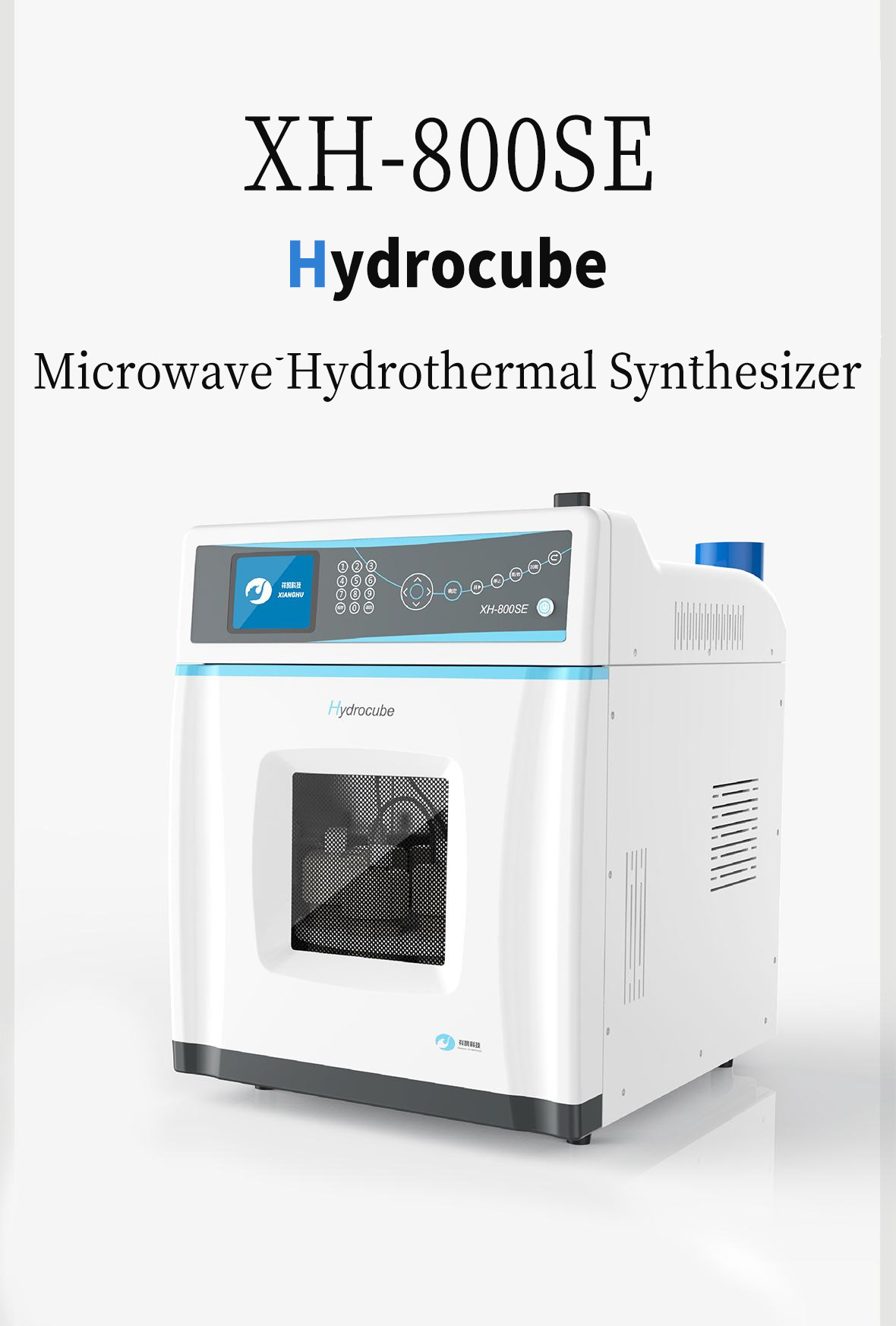
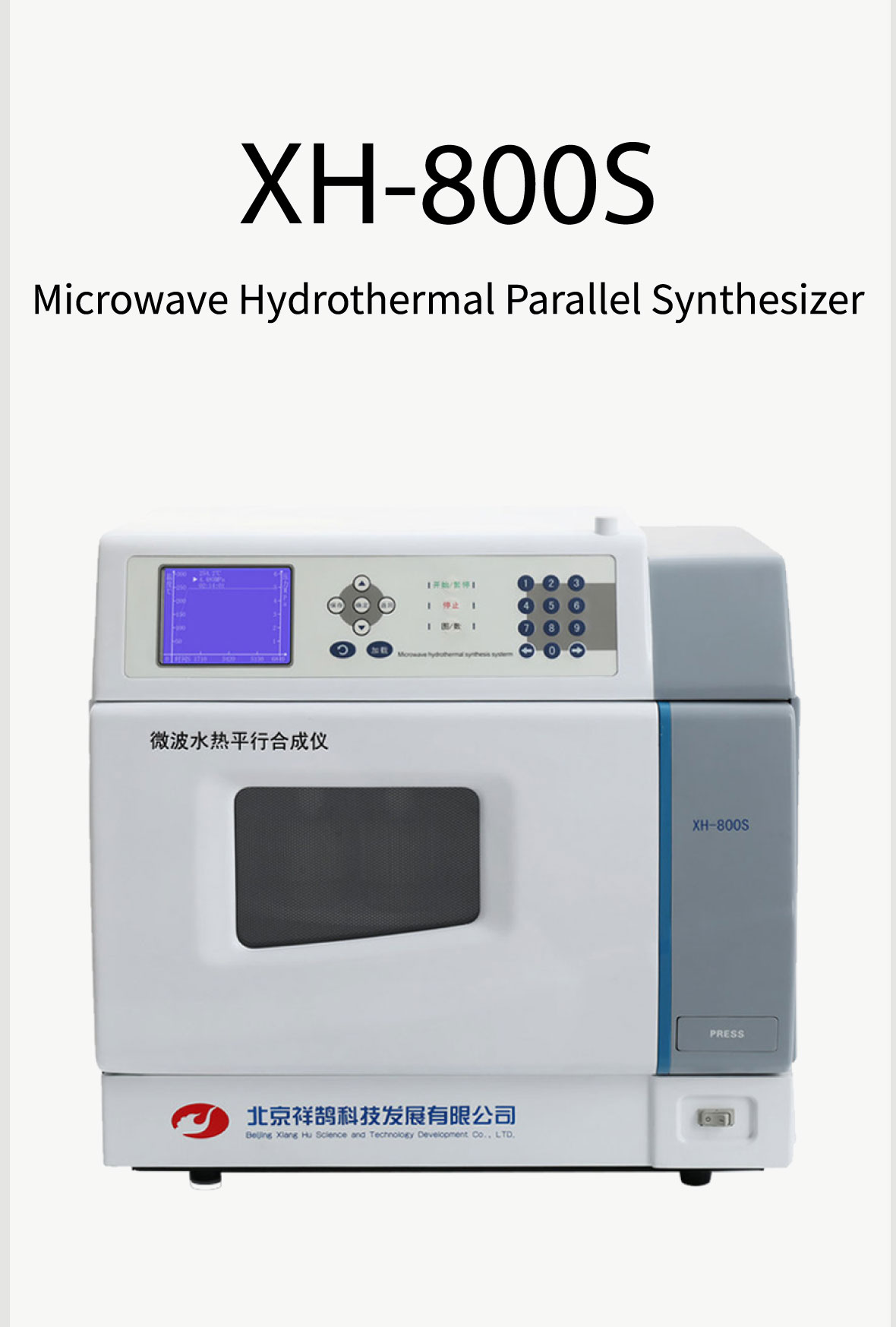
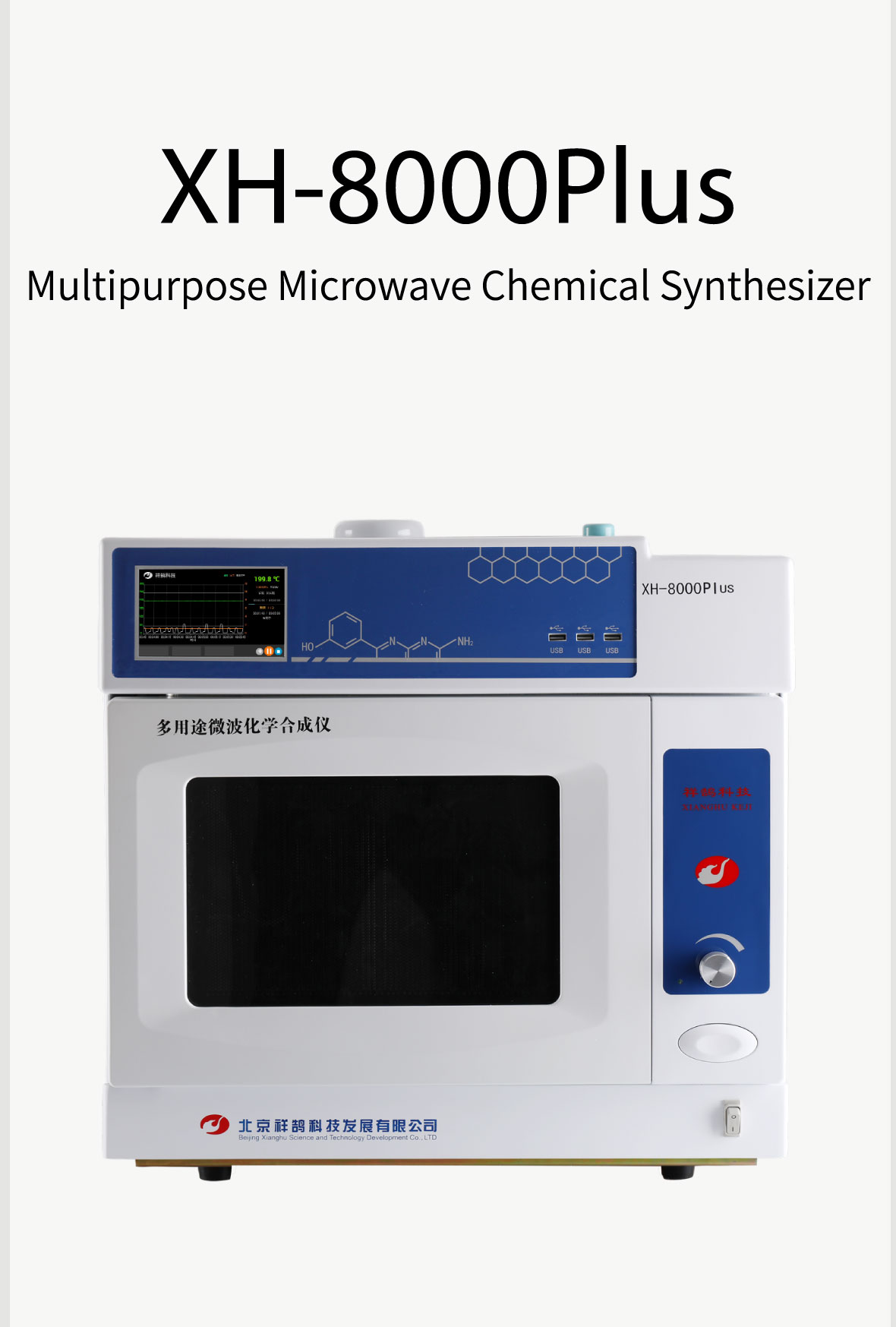
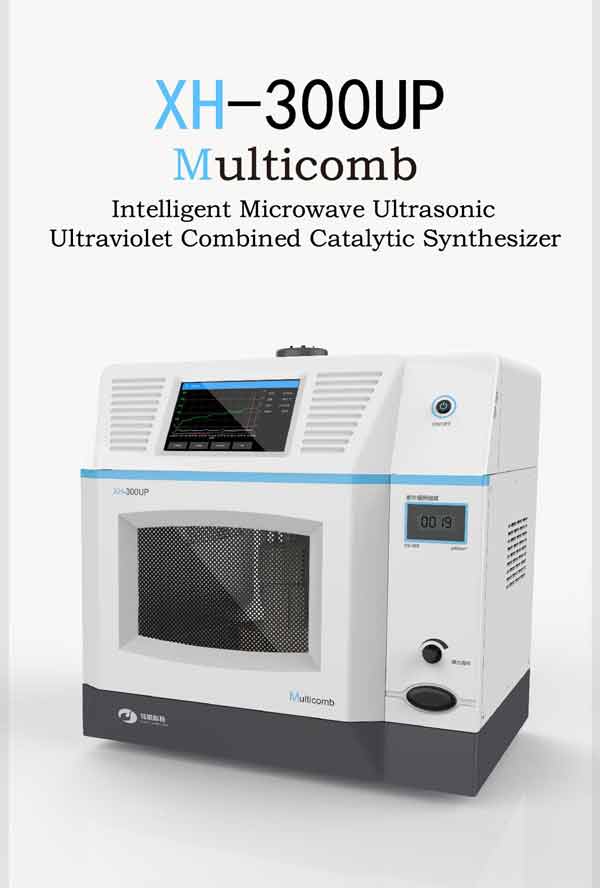
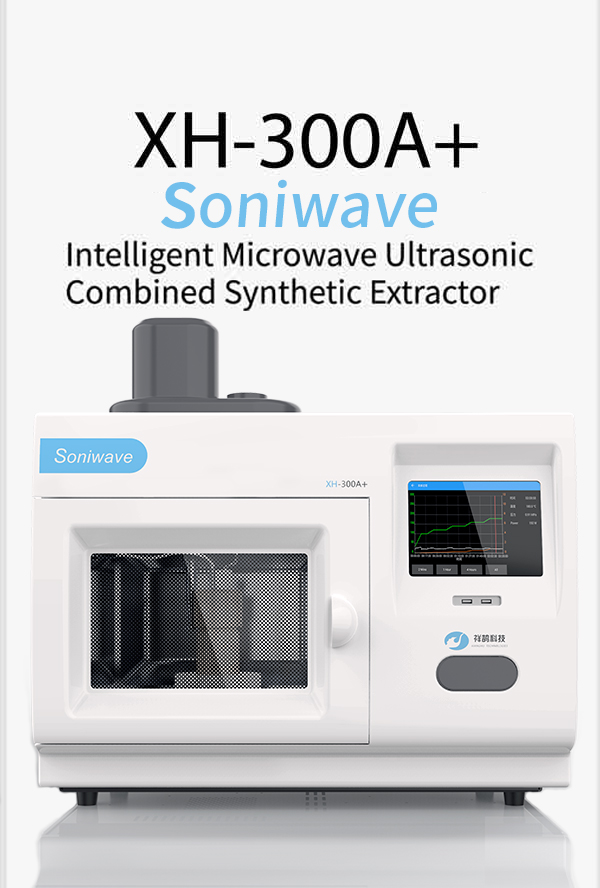

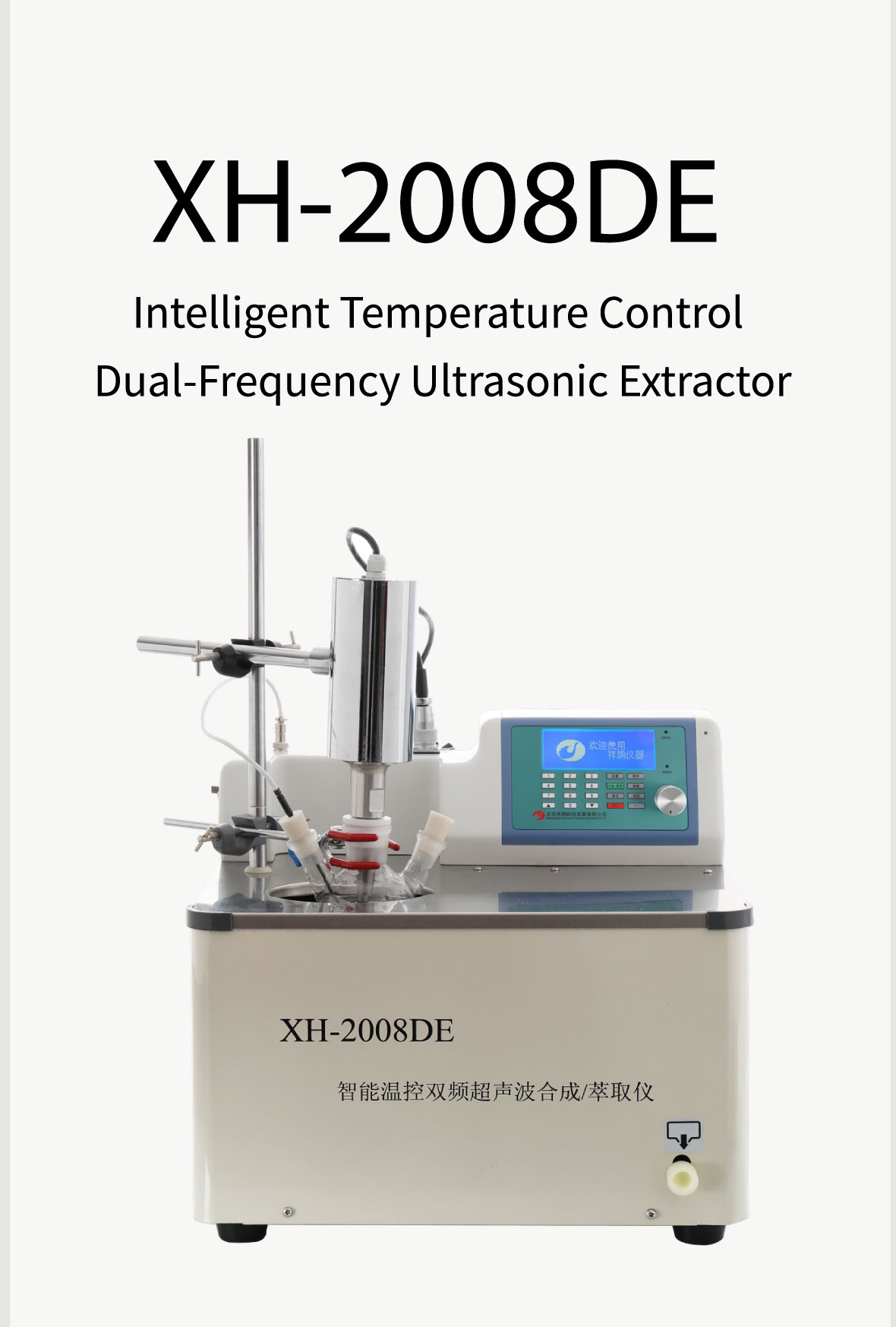



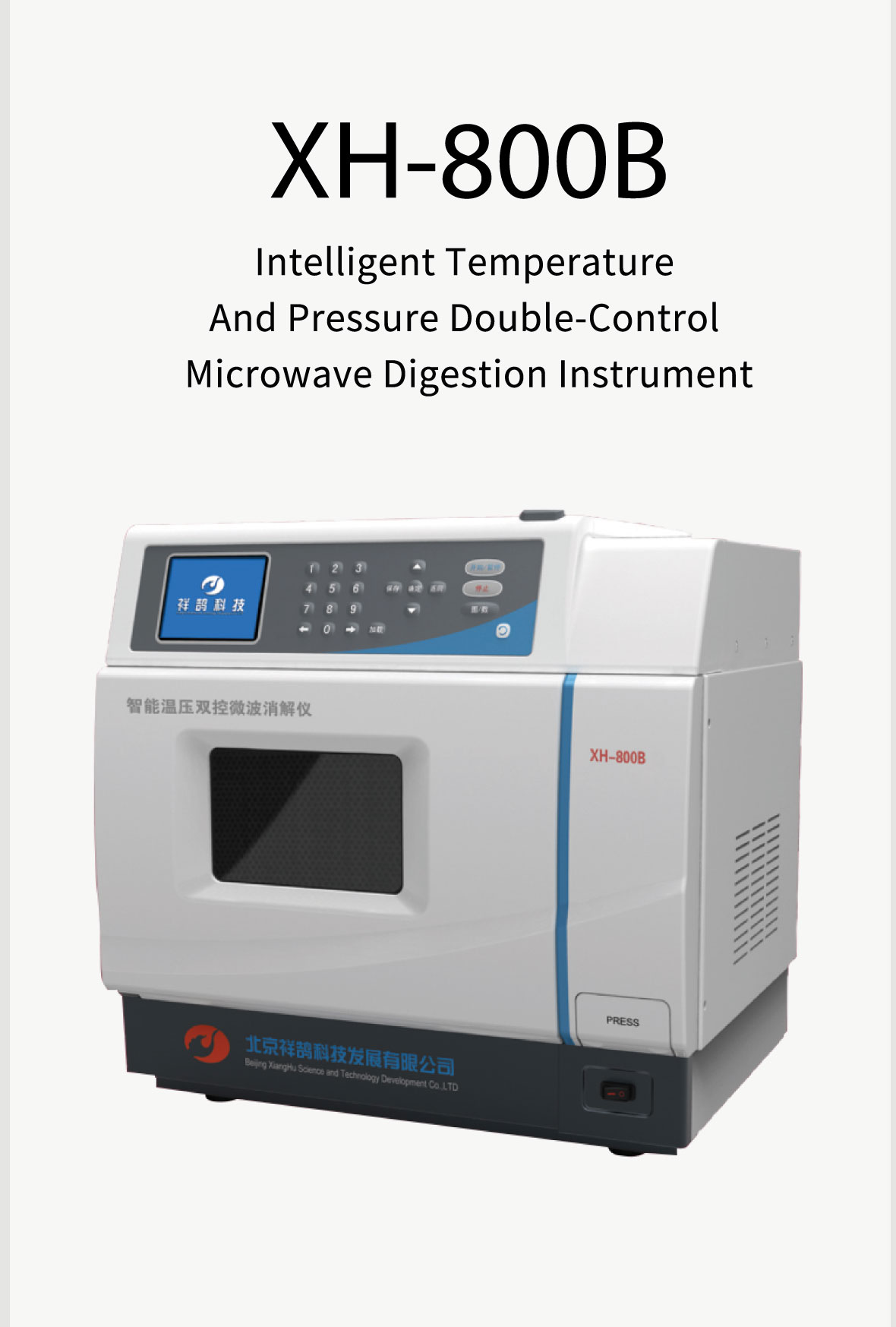

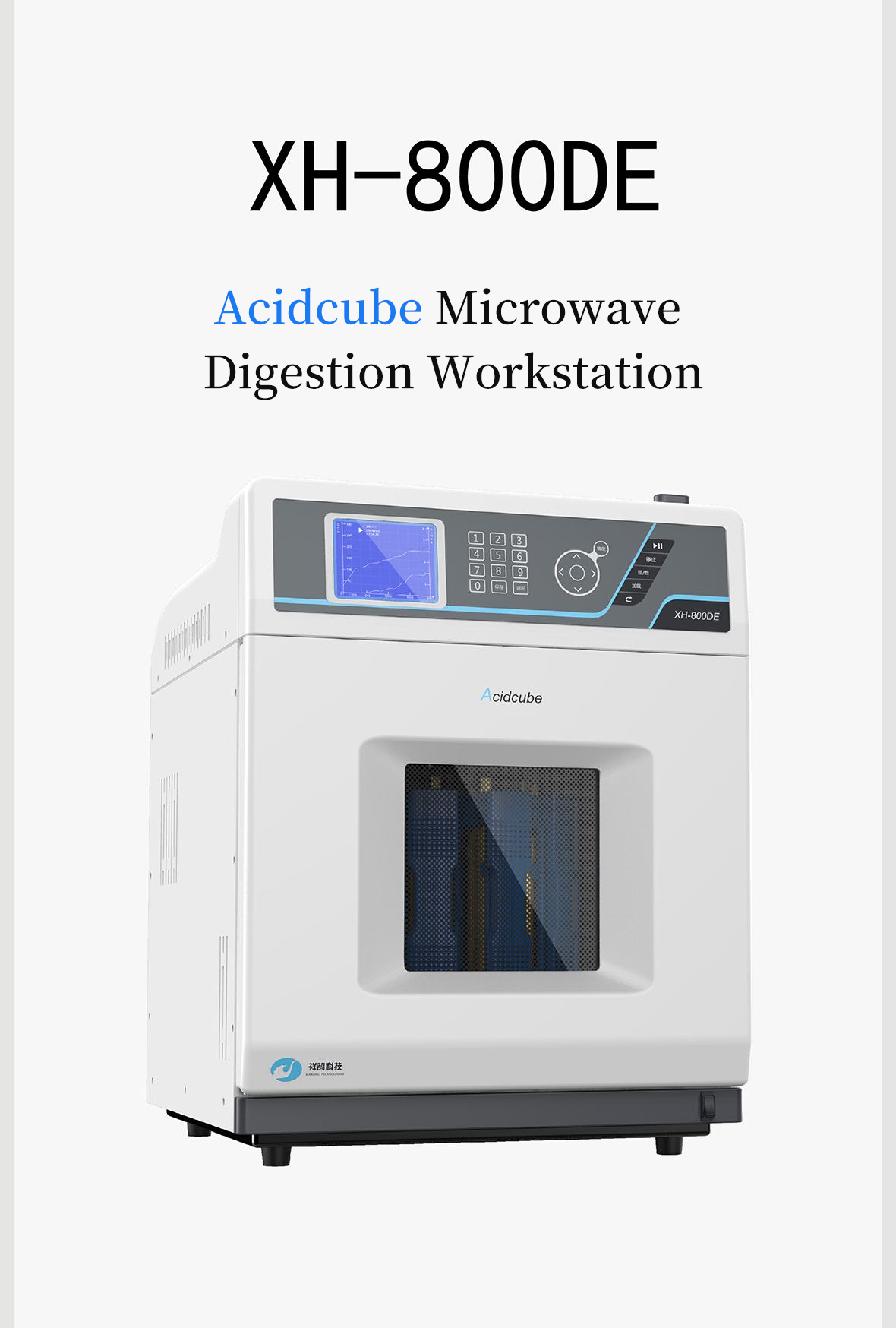

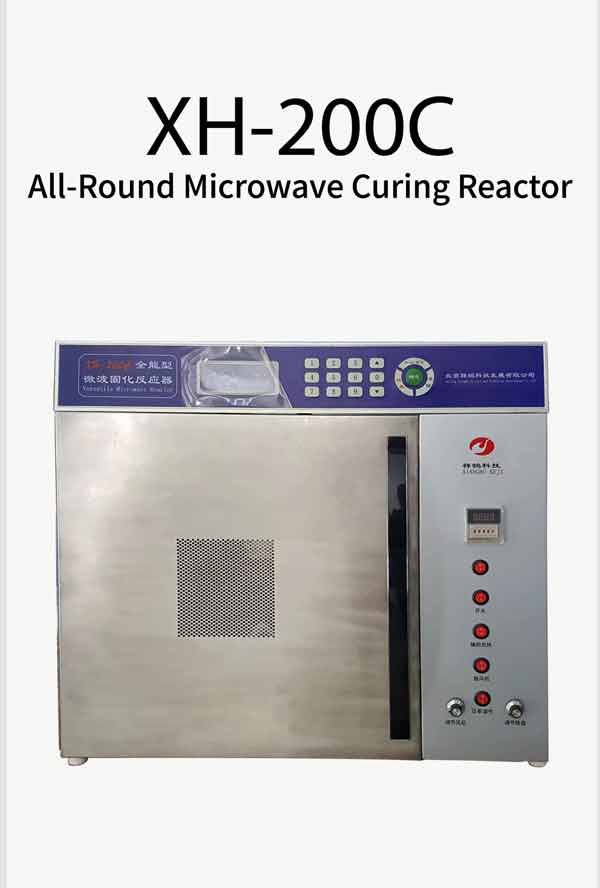
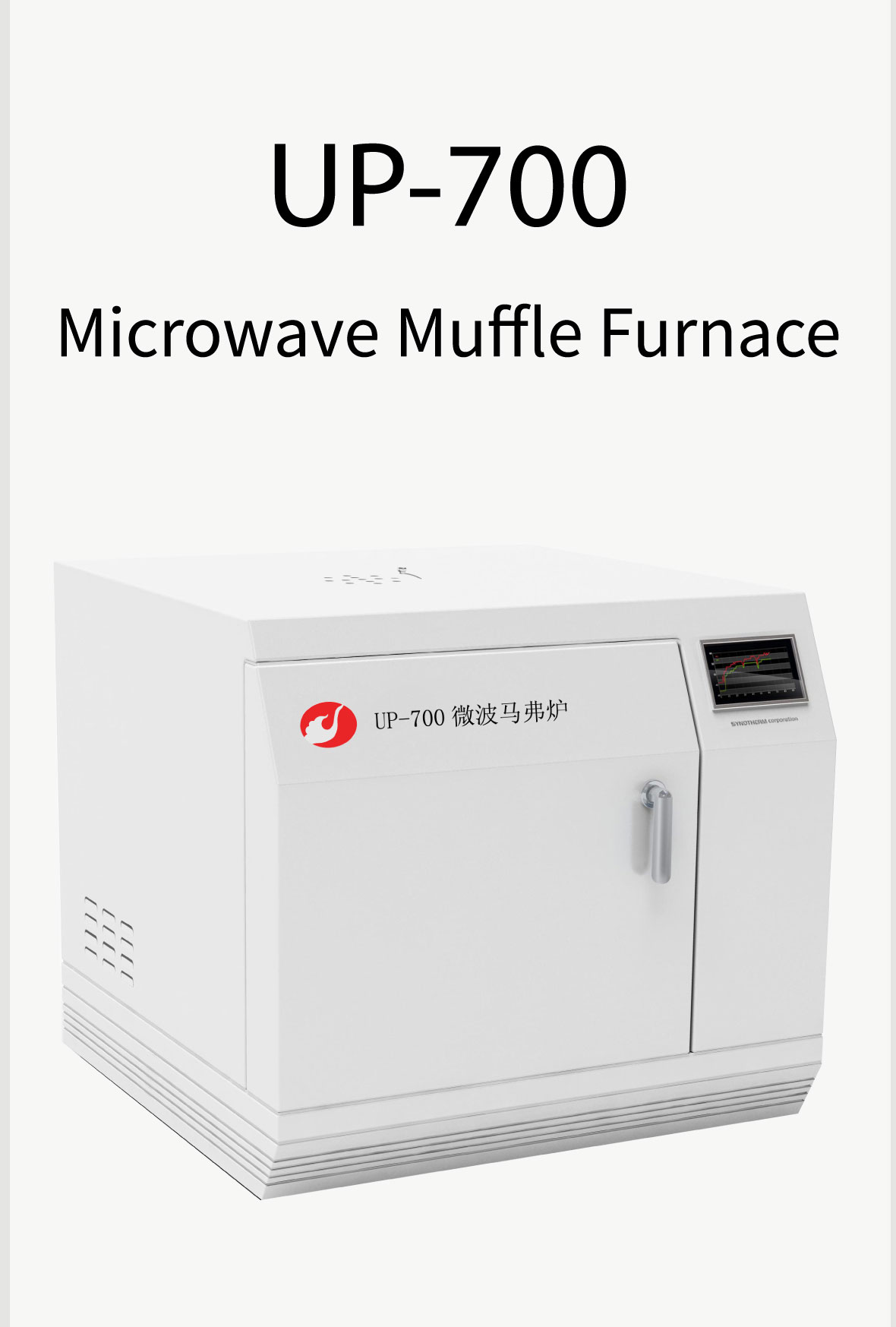

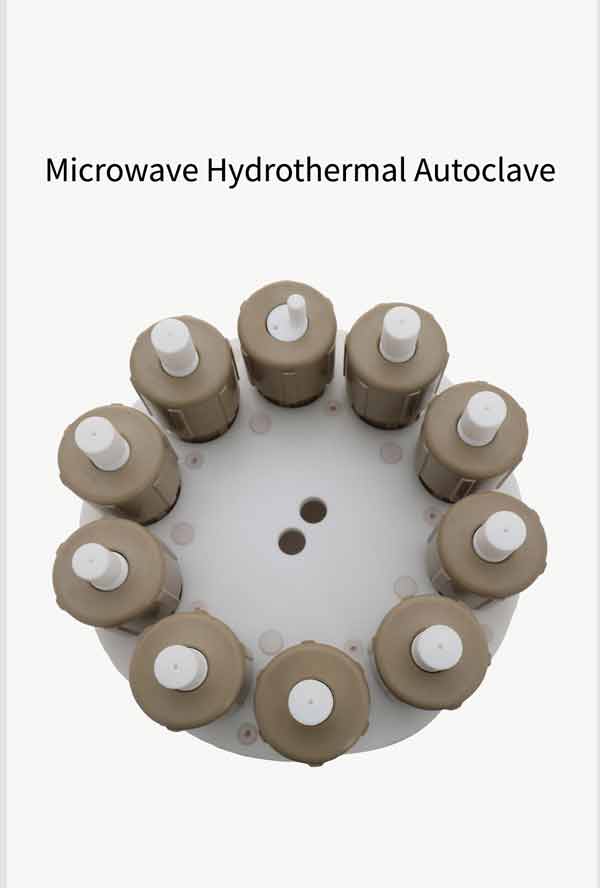

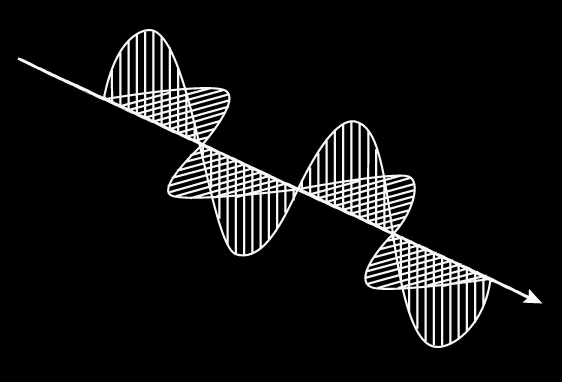

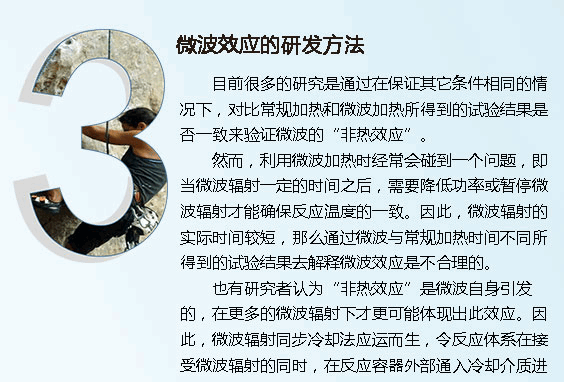
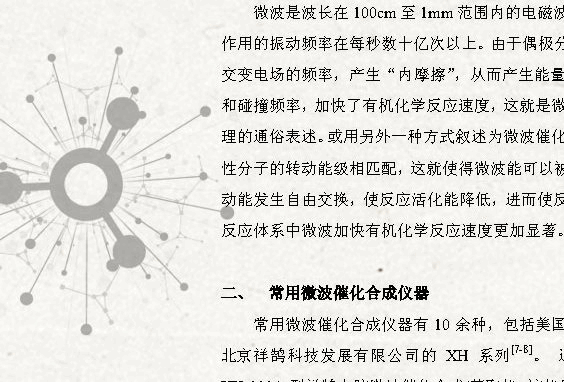

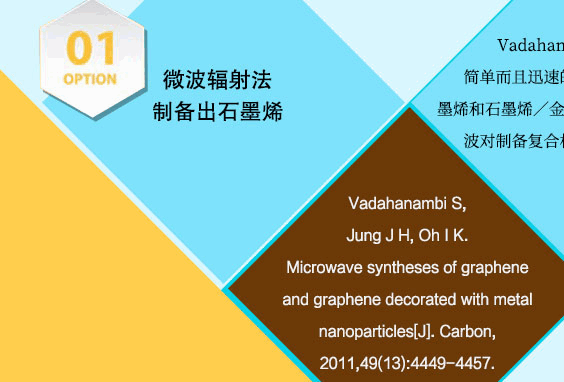
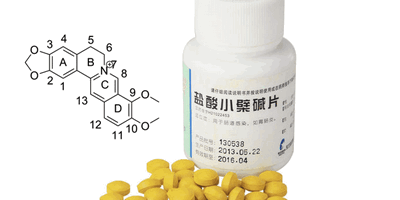


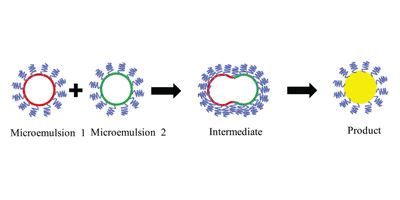
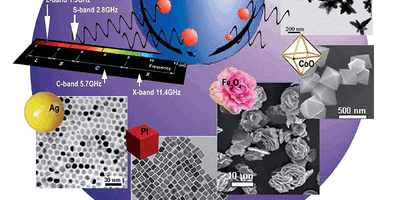
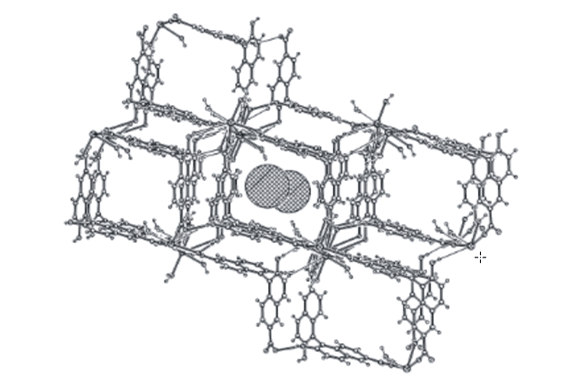
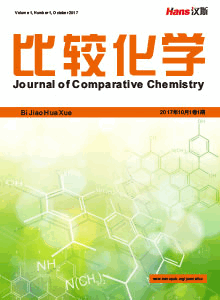
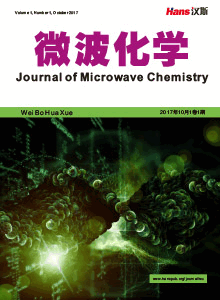
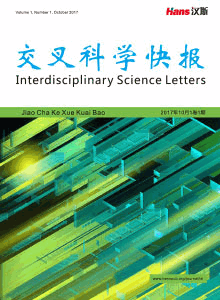




 京ICP备15050585号
京ICP备15050585号

